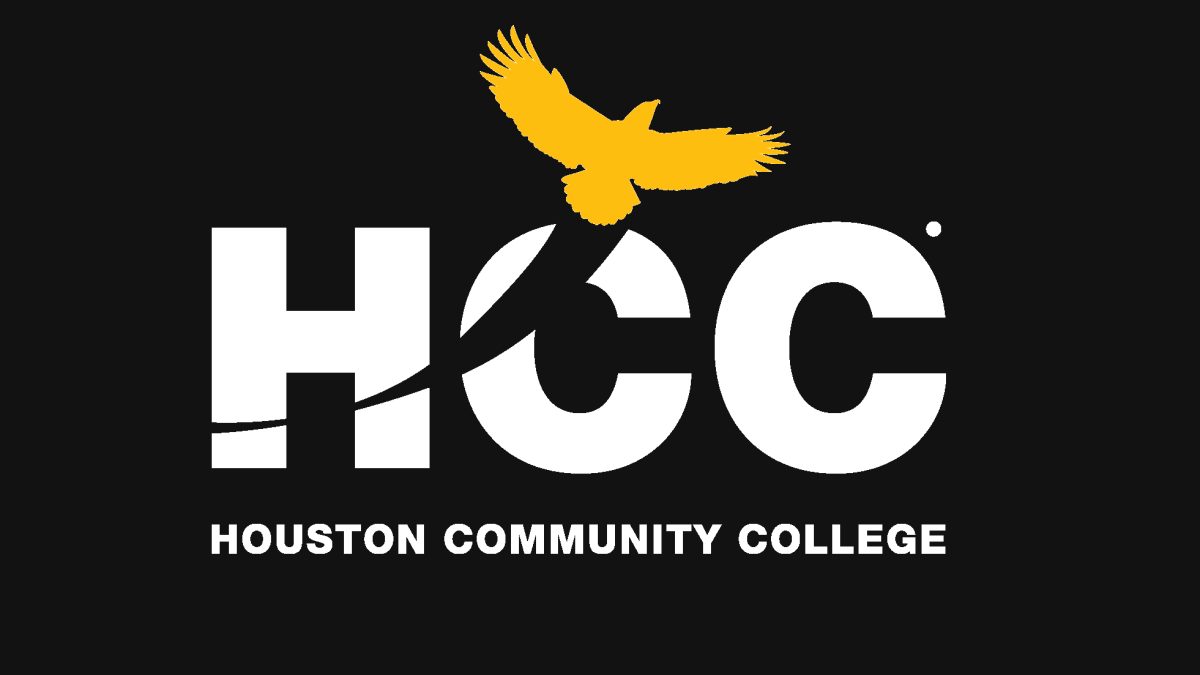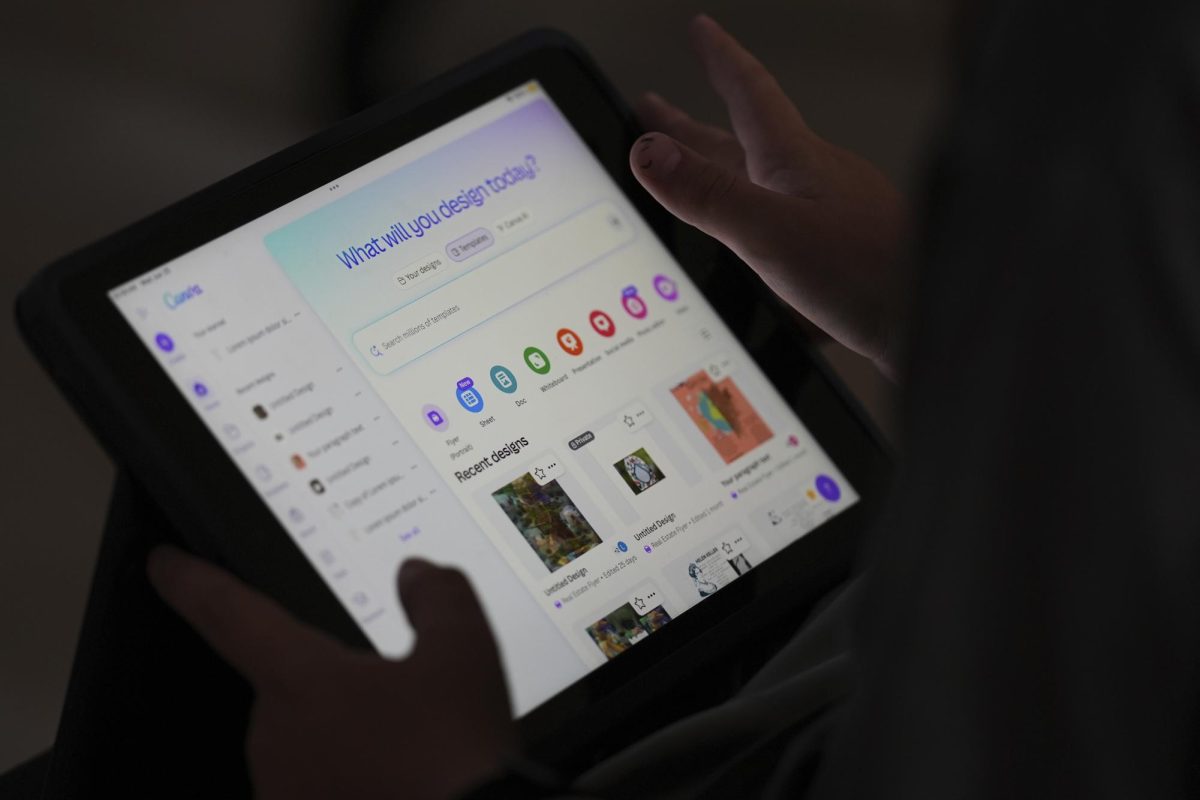There Are Too Many Streaming Service
July 9, 2021
Whenever someone wants to watch a movie or TV series, they tend to hop in on their couch and tuning in on the big screen from a scheduled time or with a media player. In this current generation, they would open the app in any streaming service of their choice.
Unfortunately, there are too many to choose from, and consumers like us often struggle to find the content we want to watch while continuing to pay with a subscription.
Even though each platform updates its library to keep their interest, some of the films and shows they want to watch are not available in the service that they subscribe to. It includes some content produce by them or others that have streaming or distribution rights.
In the beginning, corporations like Netflix and Hulu pioneer an innovation where people can watch instantly. Fast forward today, major entertainment companies pitch in, creating a competition between one another.
First-party platforms like Disney+, Peacock, HBO Max, and Paramount+ release content that they have been producing, while third parties scavenge around to make their service more appealing.
There are some alternative options when it comes to streaming without paying a premium. Sites like YouTube, Tubi, Crackle, and Pluto TV exist to give people content, but to make a profit, it must include ads.
People indeed tend to share accounts with their friends, families, or colleagues. But it may soon become riskier as streaming platforms make restrictions as it only allows within a household.
What is a better way when it comes to subscribing to these services without paying too much? That would only depend based on our preference.
Some services are made specifically for us, basing off from what we like to watch. Some are only genre-specific (Shudder, Pureflix, Crunchyroll, etc.) or classics (Criterion Collection), but most contain a library of both old and new.
There are no right or wrong answers when it comes to choosing which platform to subscribe to. The only problem is that it continues to thrive, as more services introduce to consumers almost every year.























